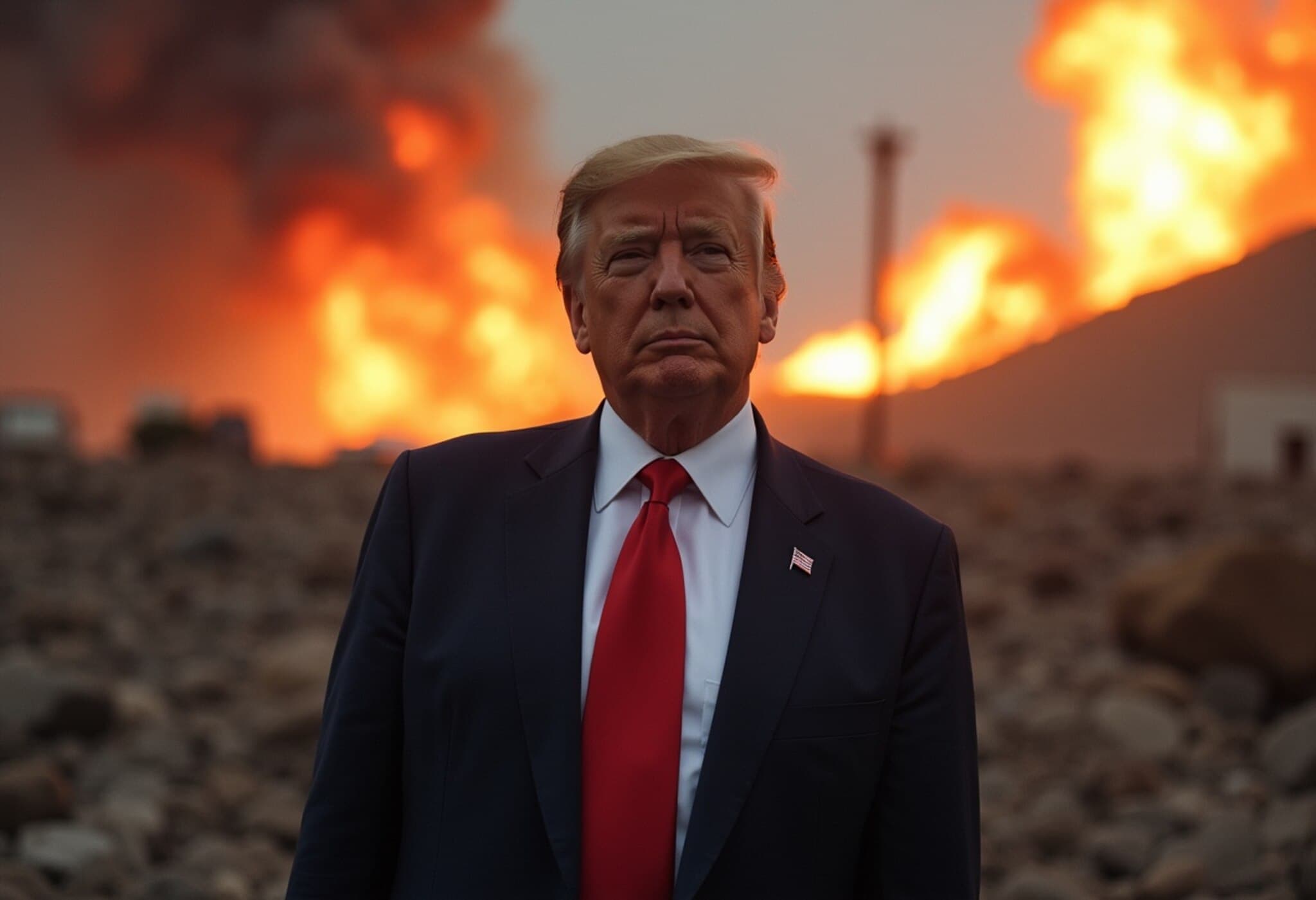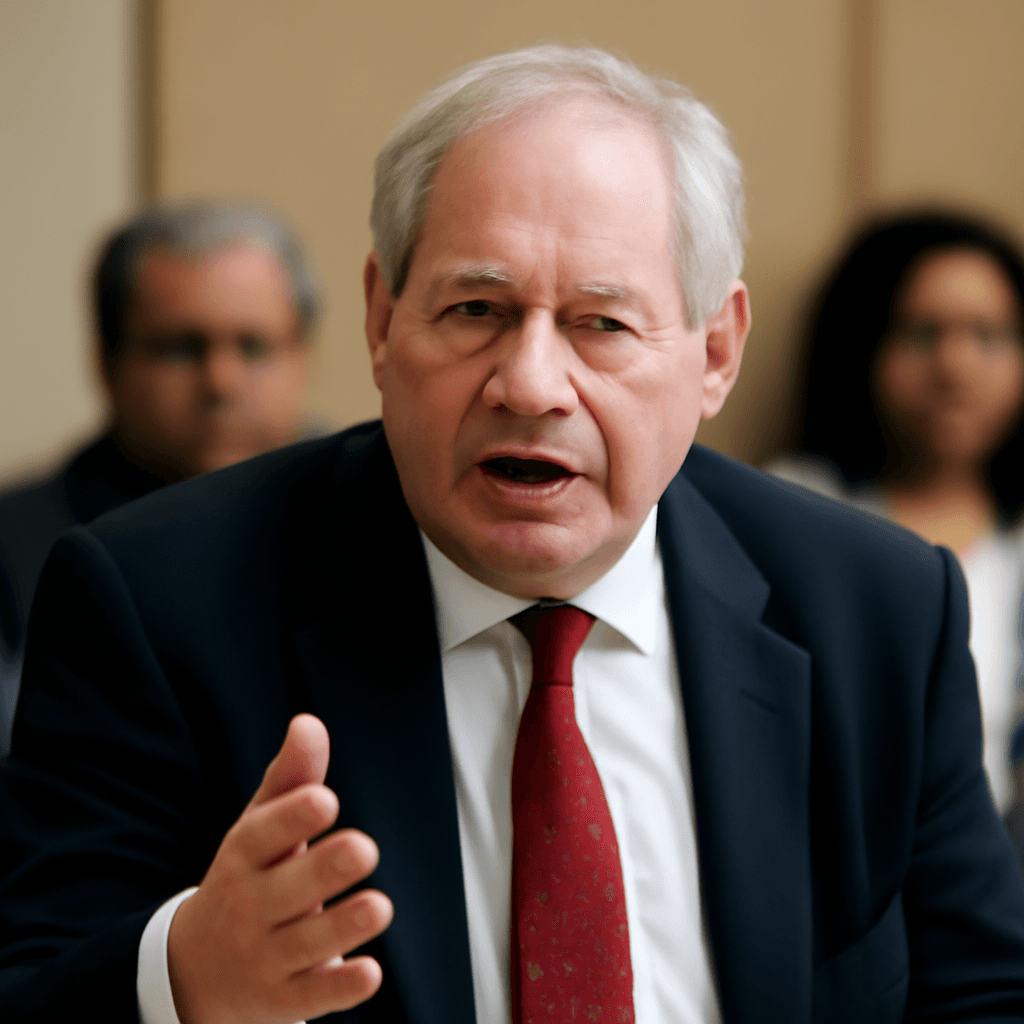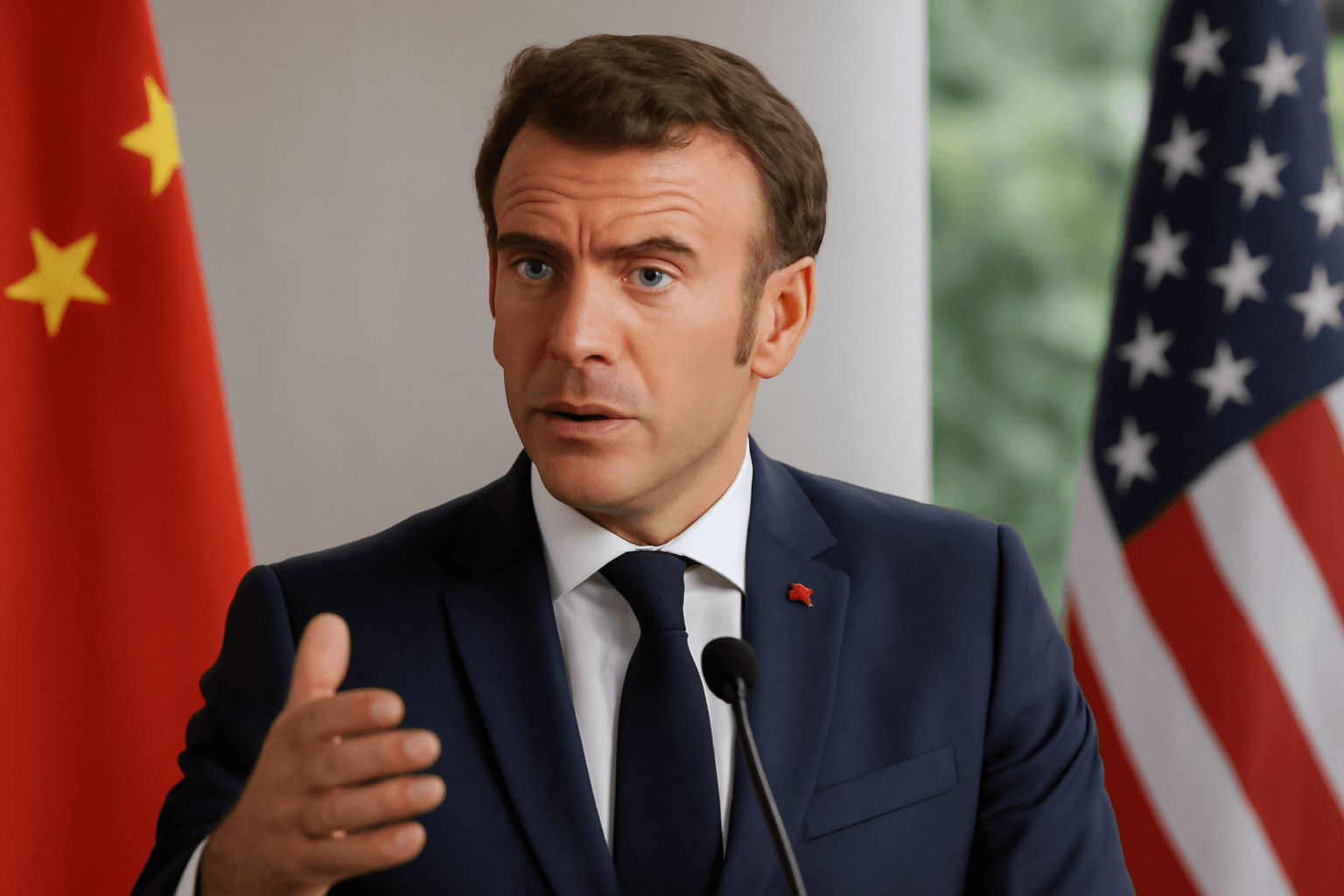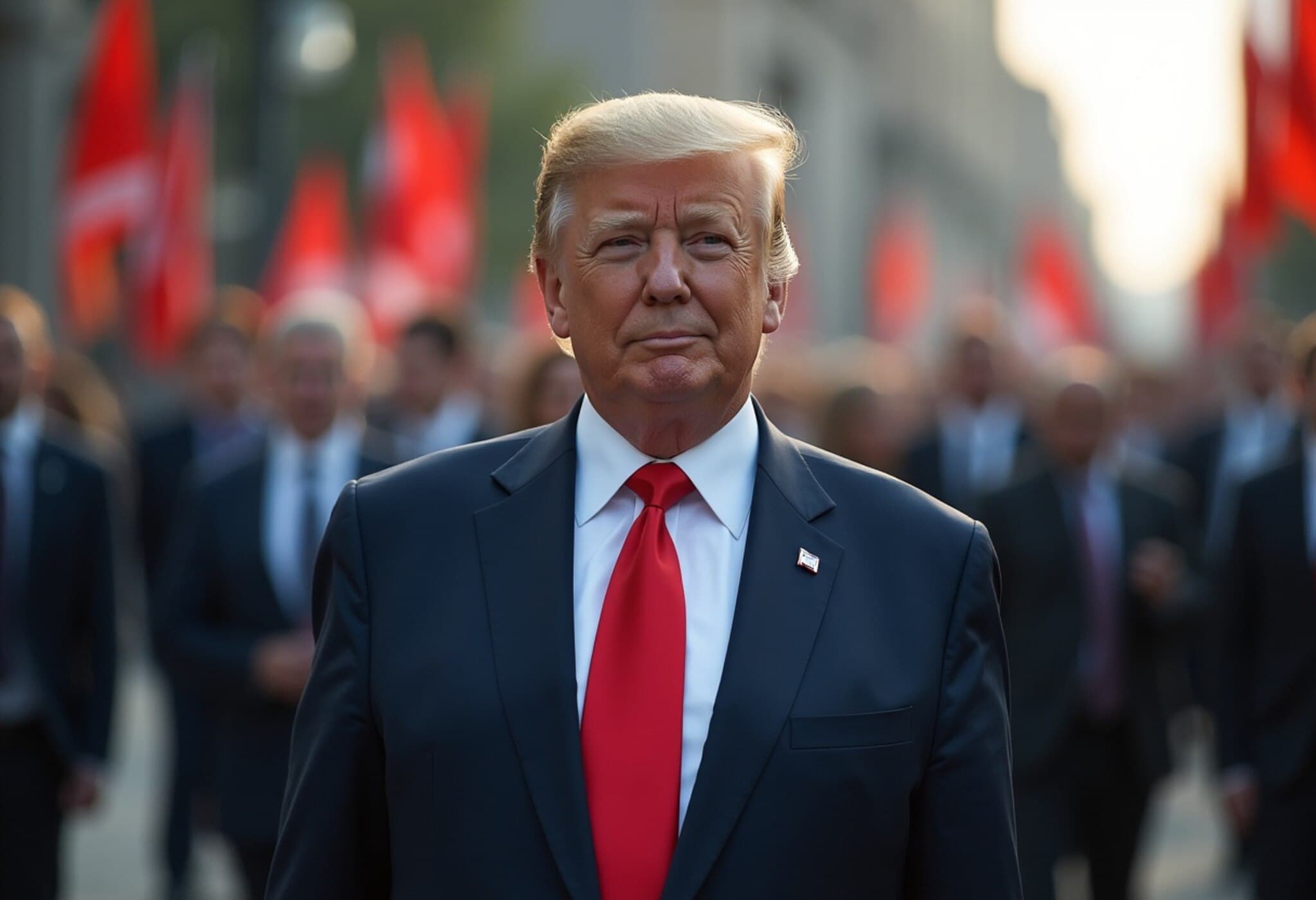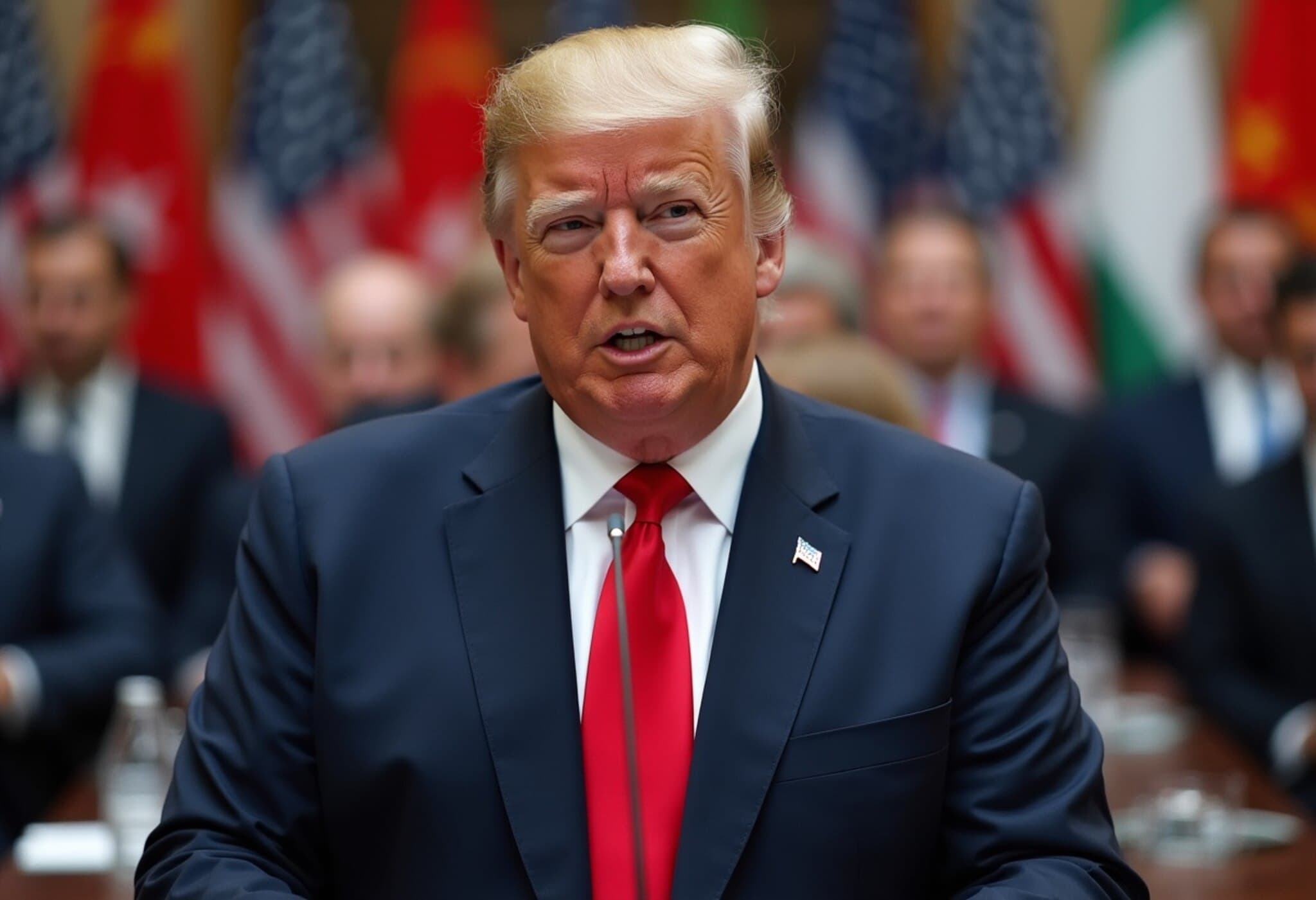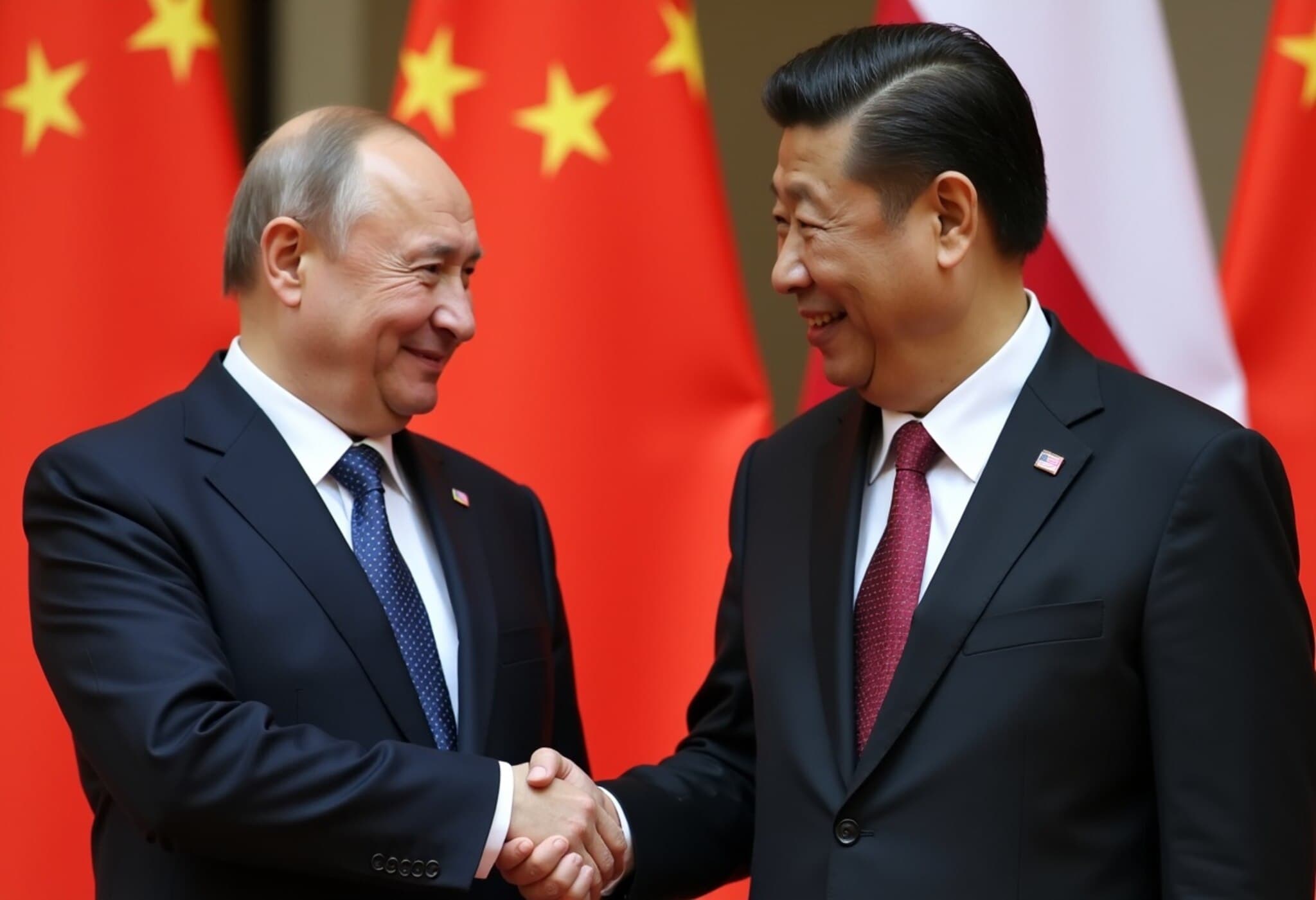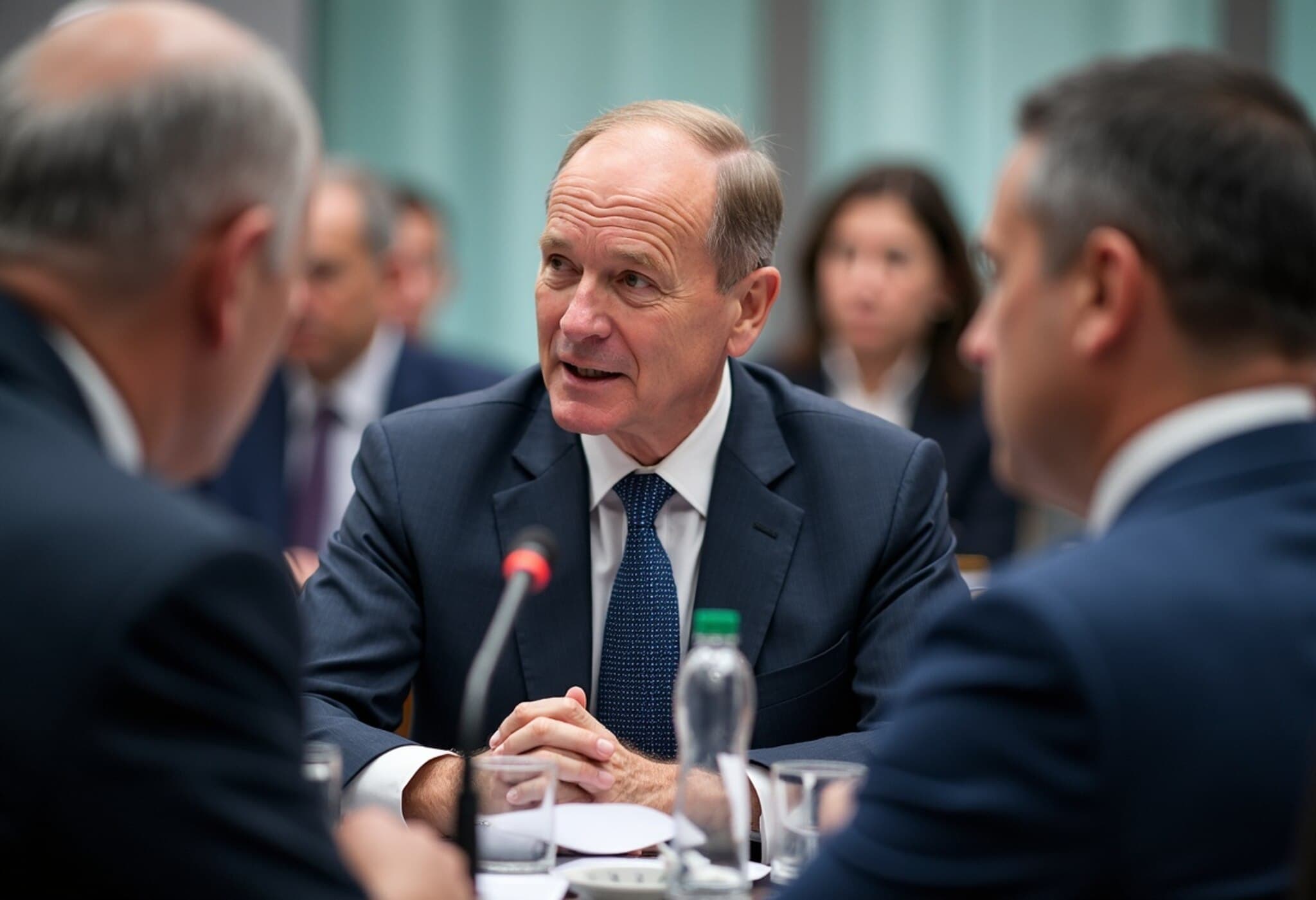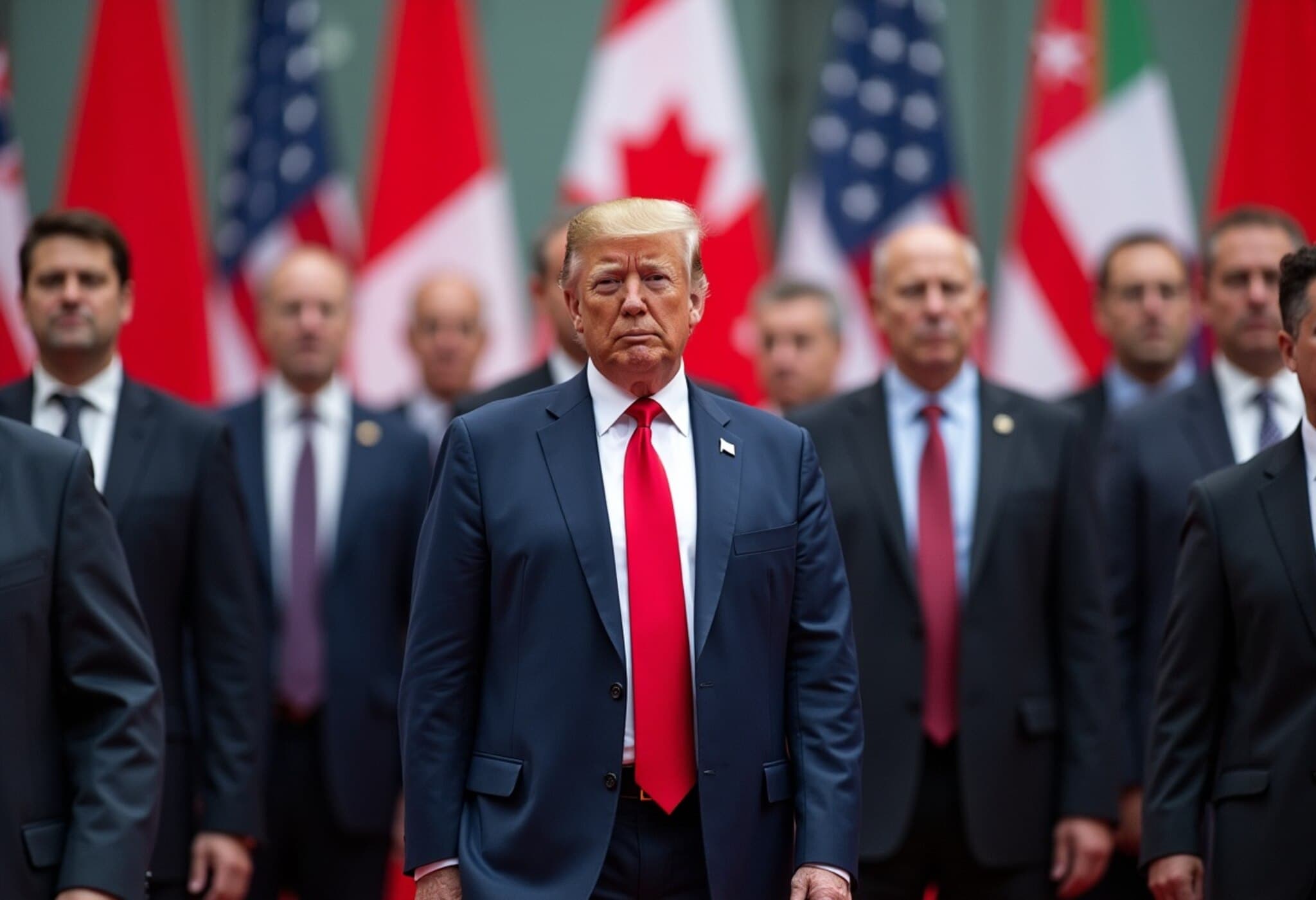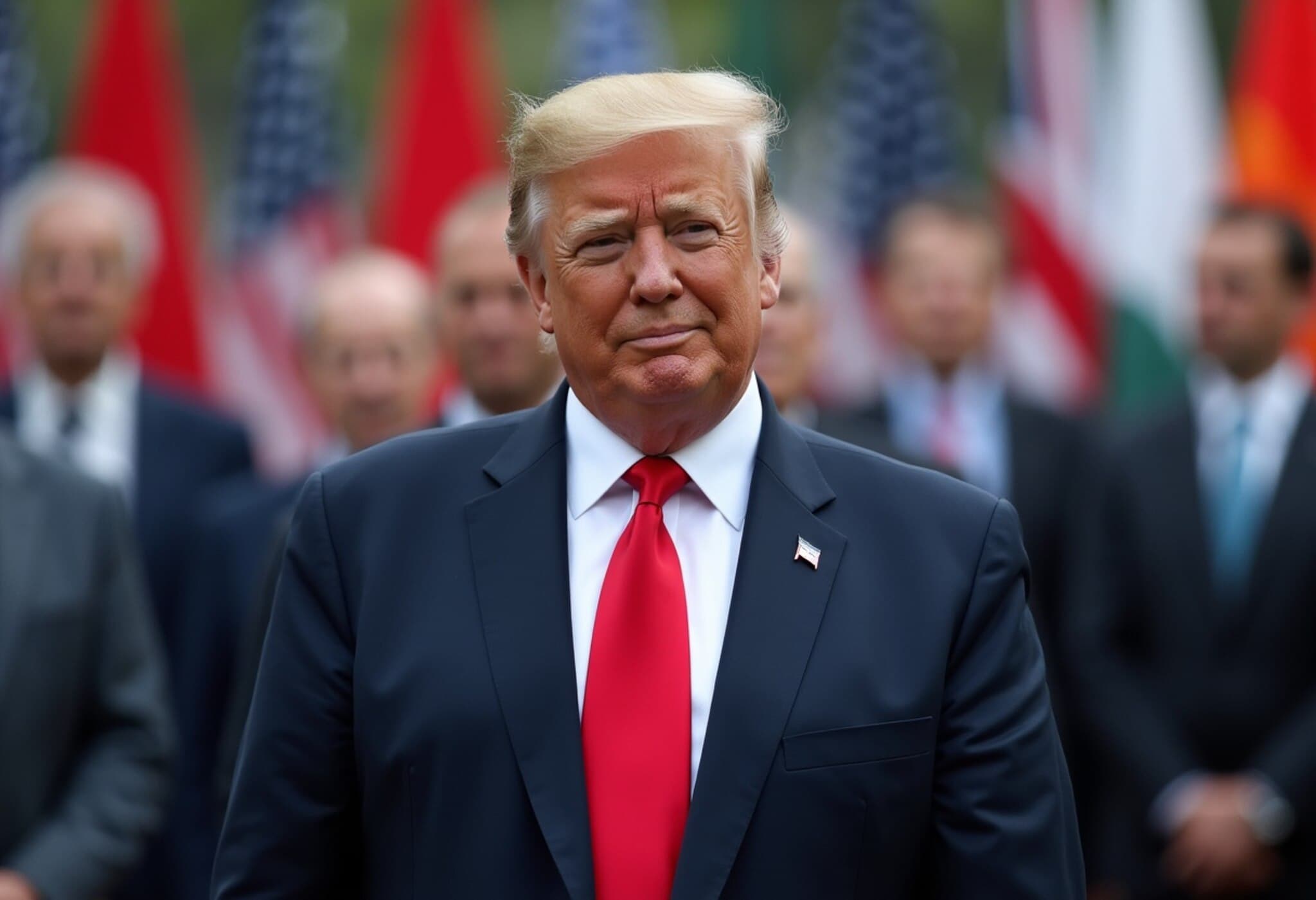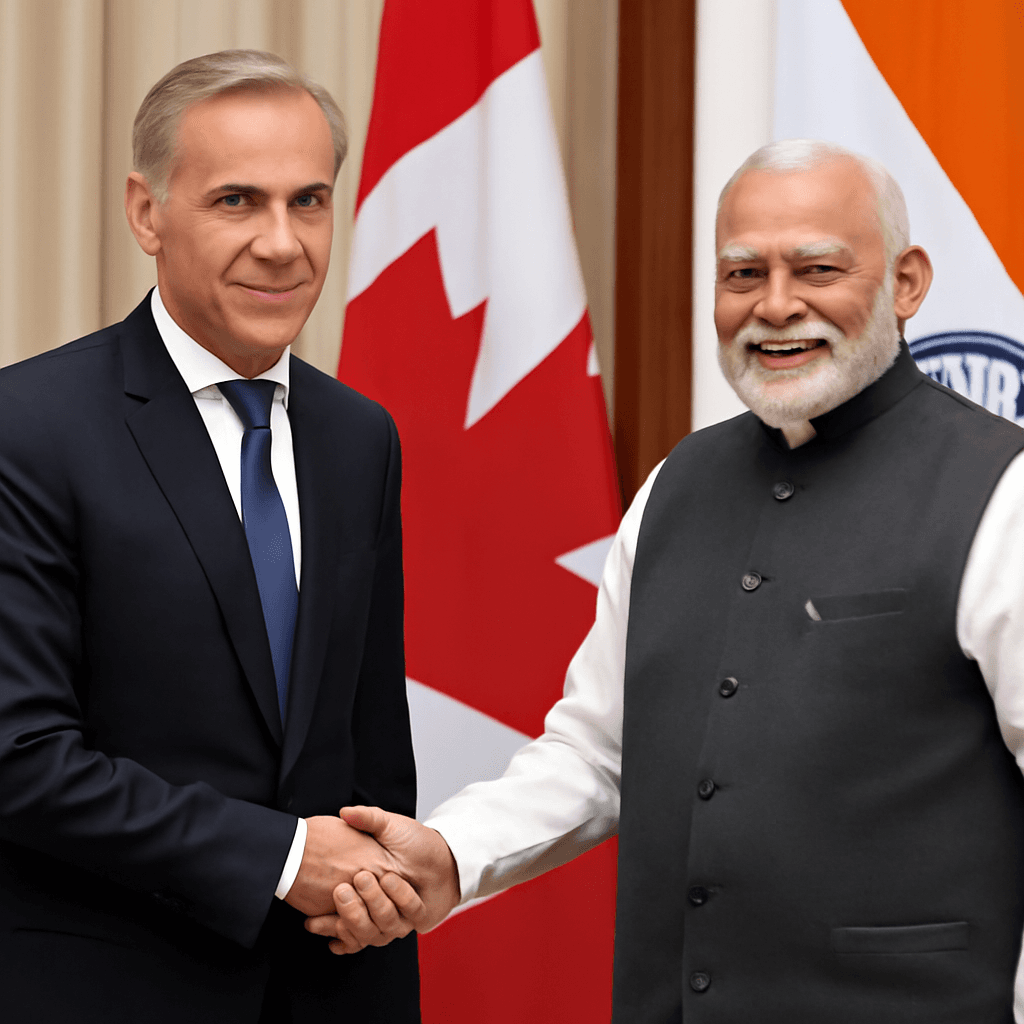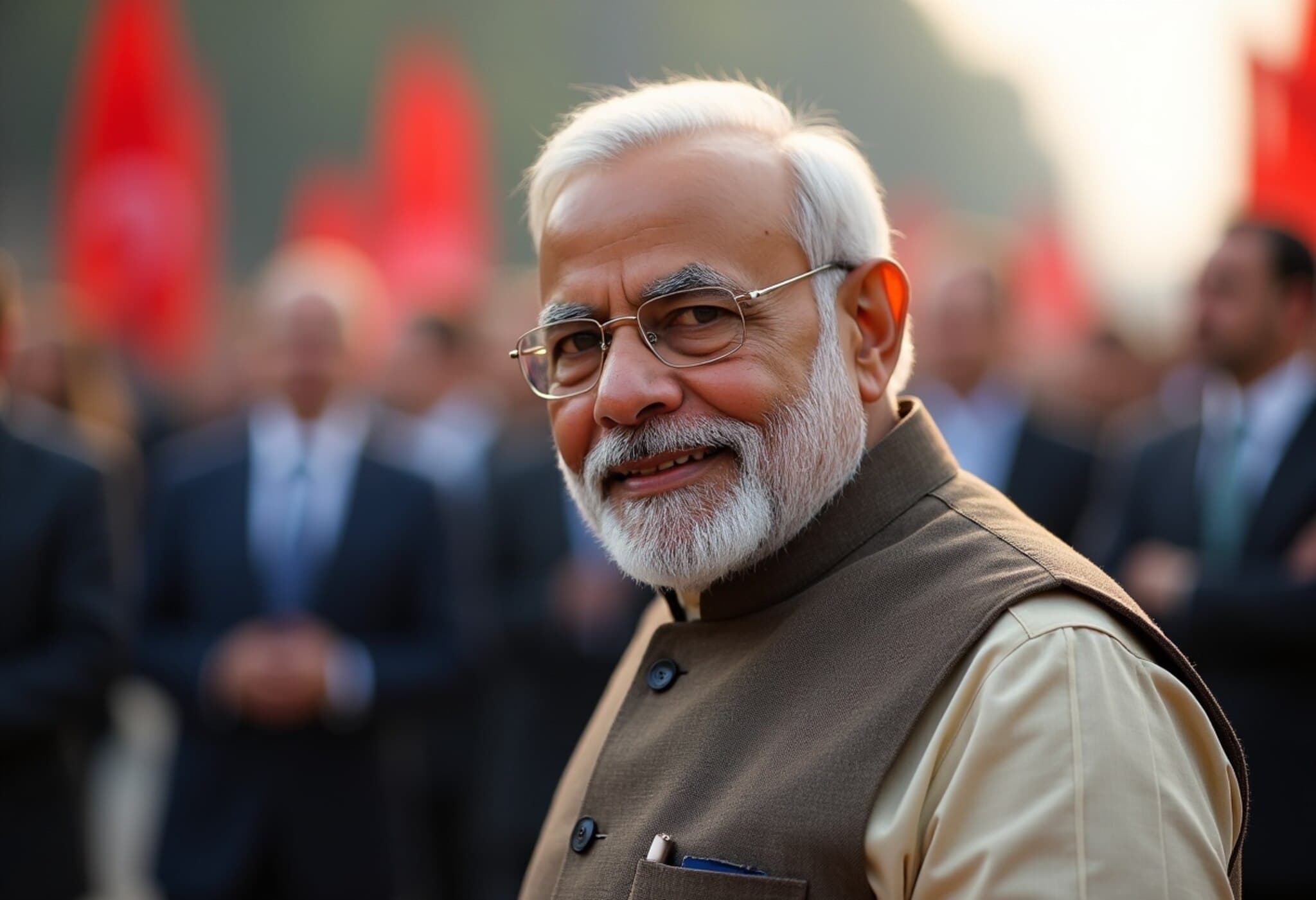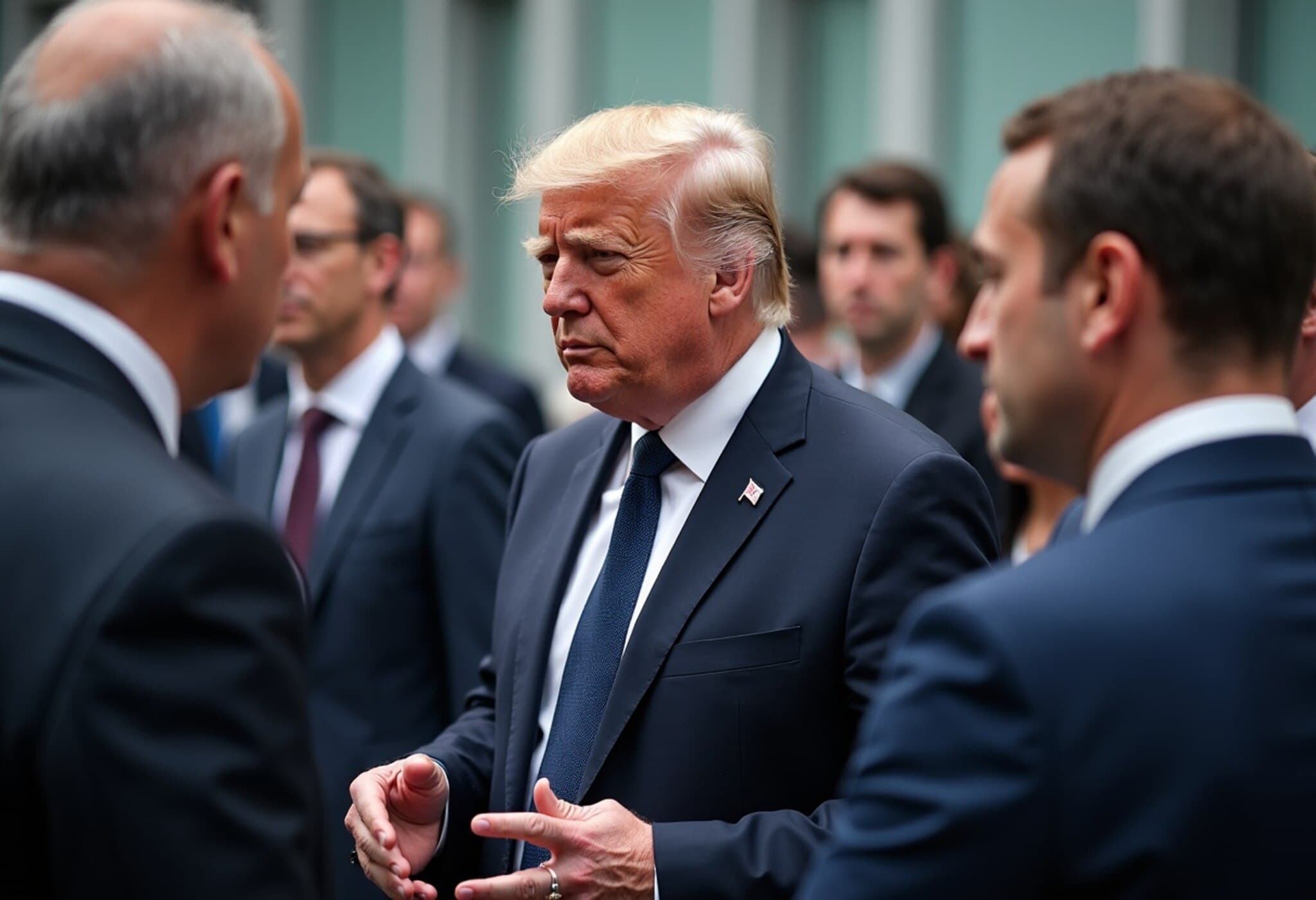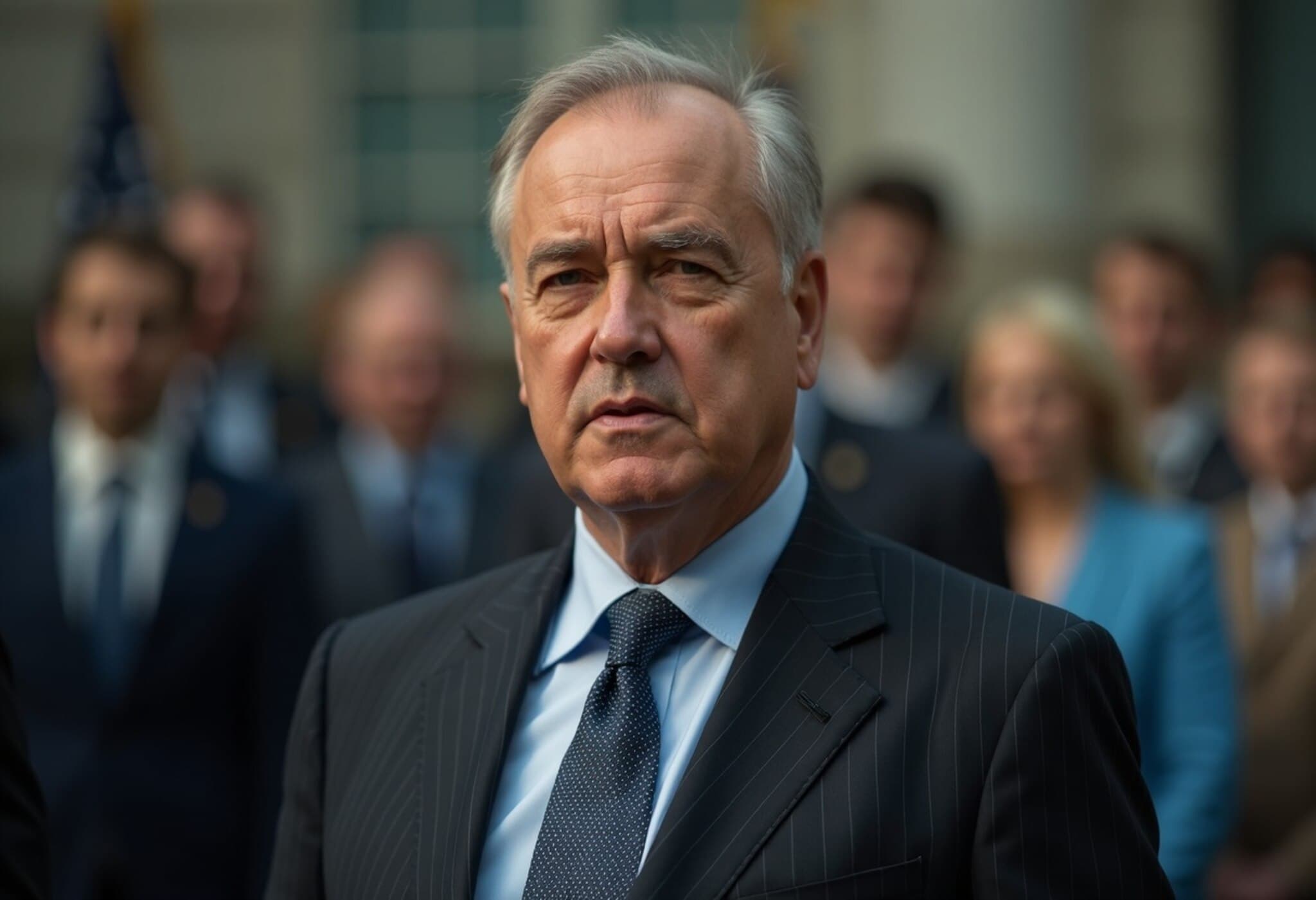G7 Summit 2025 Kicks Off Amid Global Tensions
The Group of Seven (G7) leaders have convened in the picturesque Canadian Rockies for their 2025 summit, confronting a landscape marked by unresolved trade disputes, geopolitical unrest, and pressing global crises. Central to the discussions are the enduring trade tariff frictions instigated by U.S. President Donald Trump, alongside the increasing volatility in Ukraine and the Middle East.
Trade Tariffs Cast a Long Shadow Over the Summit
Since withdrawing support for the G7 joint communique in 2018 and skipping subsequent summits, President Trump’s economic policies, especially his tariffs on allied nations, have continued to unsettle traditional alliances. The ongoing 90-day pause on "reciprocal" tariffs remains active but is approaching its expiration on July 9. Japan and the European Union are racing to finalize deals that could prevent the reinstatement of steep duties, underscoring the urgency of negotiations.
Canada, Mexico, and the EU have been especially affected by Trump's tariffs, which include duties on autos and other goods not covered under the USMCA pact. Canada has countered with retaliatory measures, though some have been suspended to shield domestic industries.
Bilateral talks between President Trump and other leaders are expected during the summit, with Trump expressing optimism about securing new trade agreements, although concrete breakthroughs remain uncertain.
Diplomatic Strains: No Joint Statement and Historical Frictions
Breaking with tradition, host Canada has opted not to issue the customary communique at the summit’s conclusion. This decision aims to avoid reigniting tensions following President Trump's previous rejection of joint statements. Observers note that while the G7 was founded to unite advanced democracies under shared economic and geopolitical goals, internal discord—particularly America's tariff policies—now poses a significant obstacle.
Support for Ukraine and Middle East Conflict
The summit also faces the challenge of addressing the ongoing war in Ukraine, with Ukraine’s President Volodymyr Zelenskyy attending amid efforts to press for ceasefire negotiations. Additionally, the escalating conflict between Israel and Iran looms large, with recent missile exchanges intensifying global concerns. The U.S. has actively supported Israel’s defense measures, while other nations call for de-escalation.
Security and Environmental Concerns at the Summit
Held in the rugged terrain of Kananaskis, Alberta, the summit site faces natural threats such as wildfires—currently experiencing a severe season in Canada. Security preparations are comprehensive, balancing the challenges posed by sophisticated cyber threats, drone technology, and the legacy of previous assassination attempts on President Trump. Protesters will be directed to designated zones away from summit proceedings, with live feeds transmitting their messages to delegates.
Investor Sentiment and Global Economic Outlook
Despite geopolitical tensions and the persistent threat of a broadening trade war, investors have largely maintained composure. Gold, traditionally a safe haven asset, saw mild fluctuations but remained stable, reflecting cautious optimism. Market watchers are closely anticipating the upcoming U.S. Federal Reserve policy decision, which could influence interest rates amid calls to ease to support economic growth.
The Path Forward: A Summit of Consequences
As the summit progresses, all eyes are on whether the G7 can overcome internal divisions and external crises to craft unified strategies. With a backdrop of rising nationalism, economic uncertainty, and complex international conflicts, the 2025 G7 summit will test the resilience of this historic alliance more than ever before.


